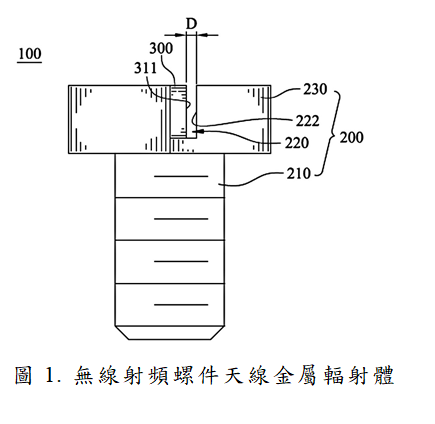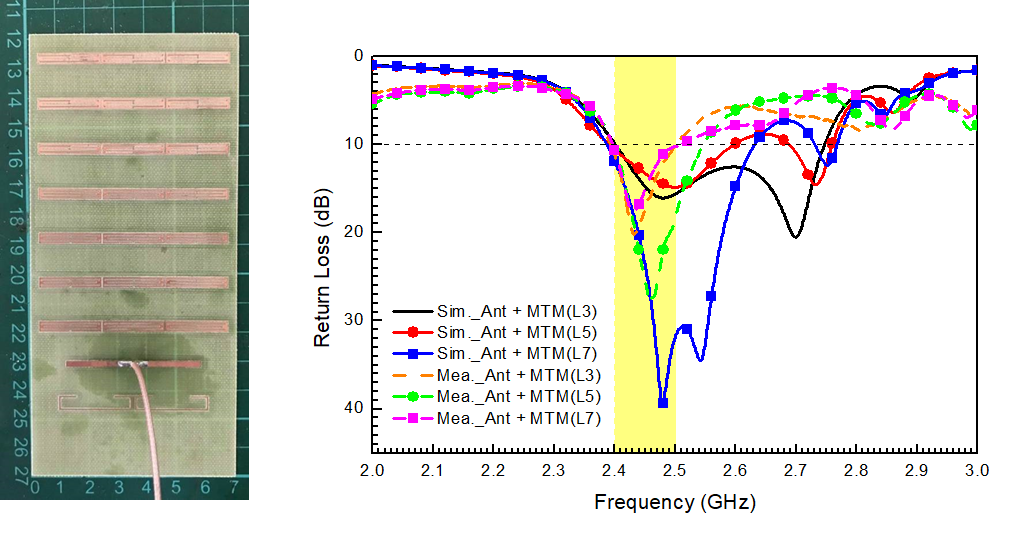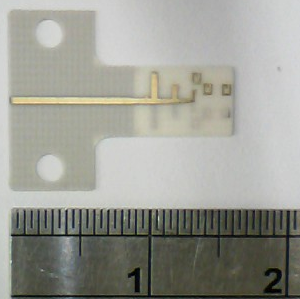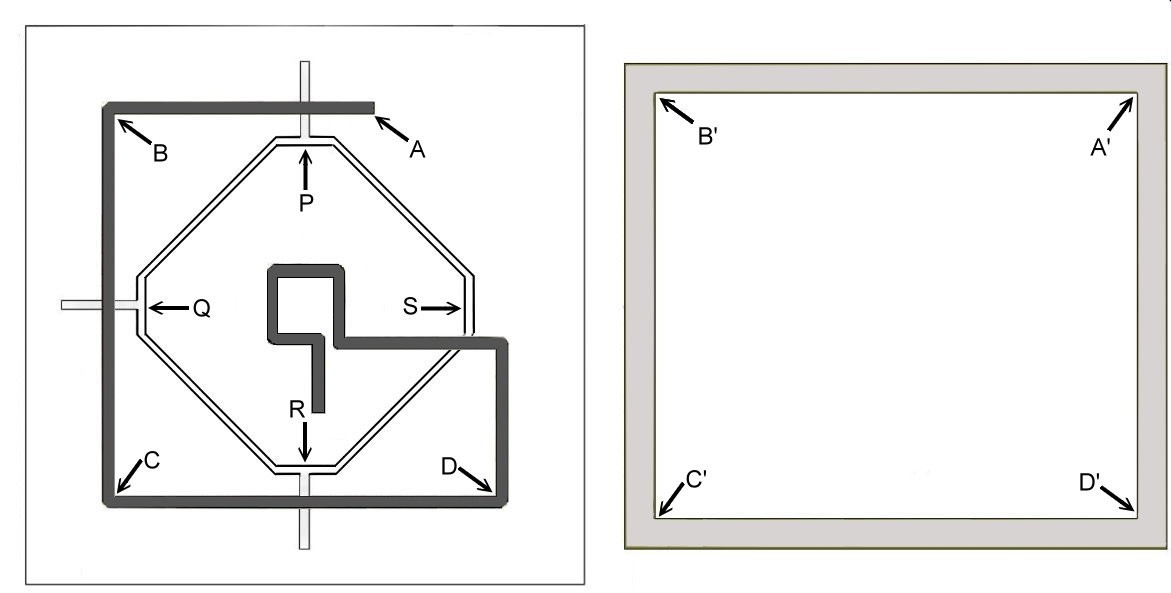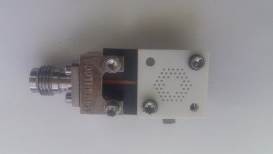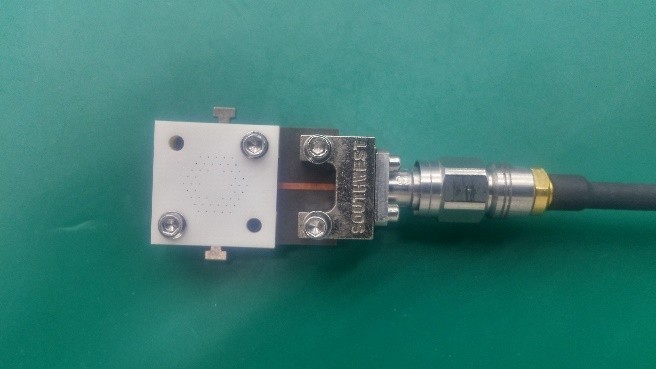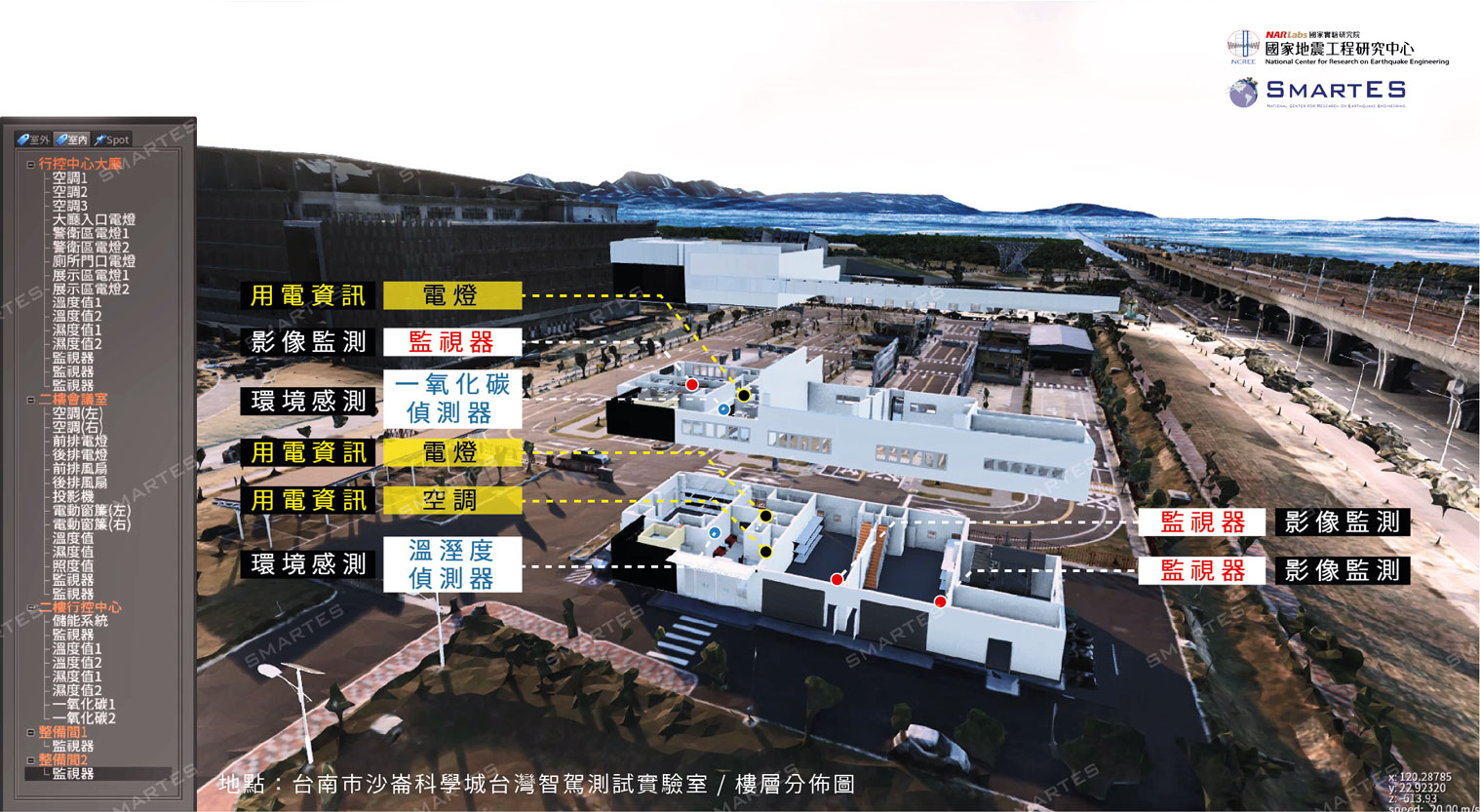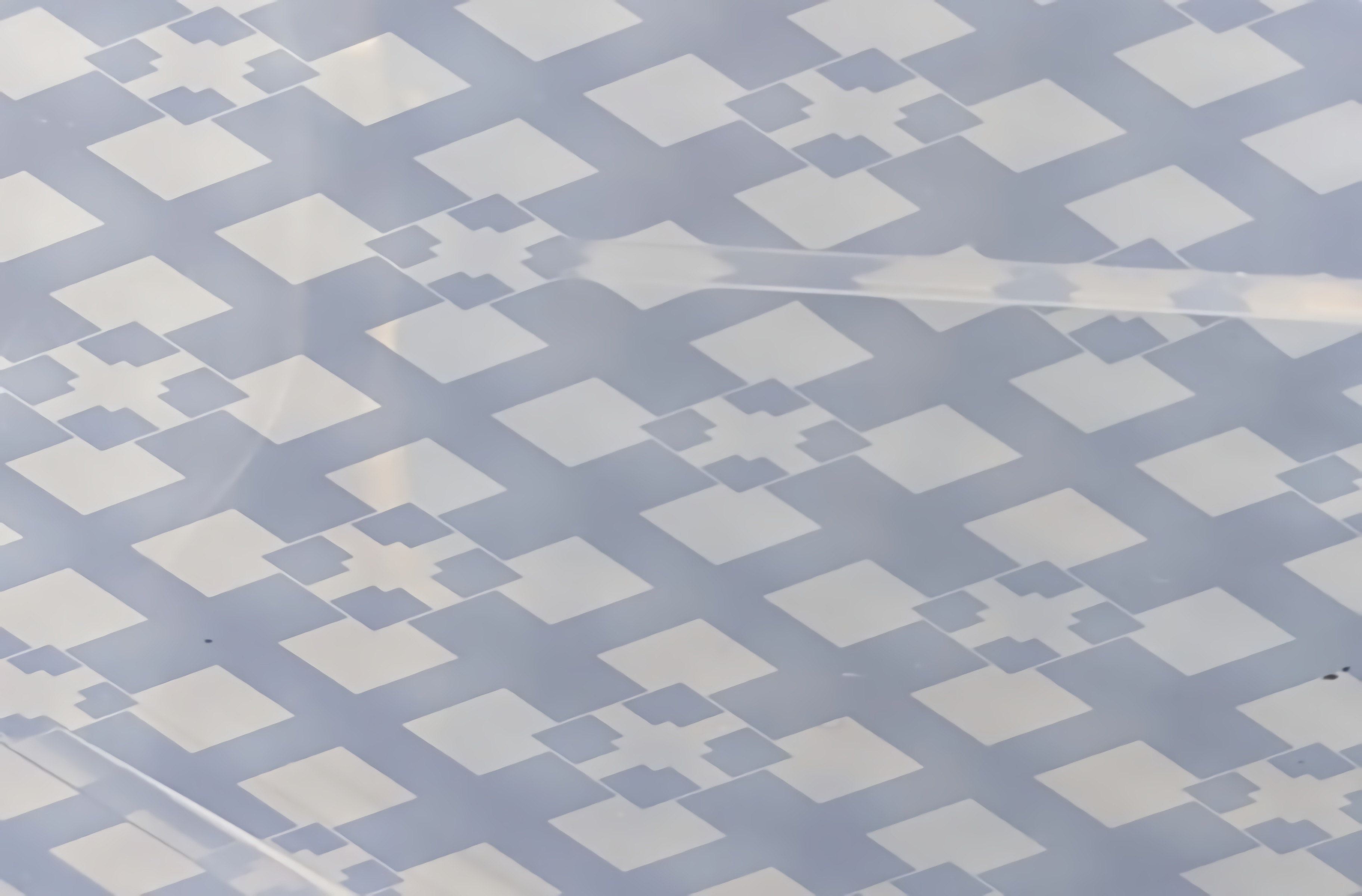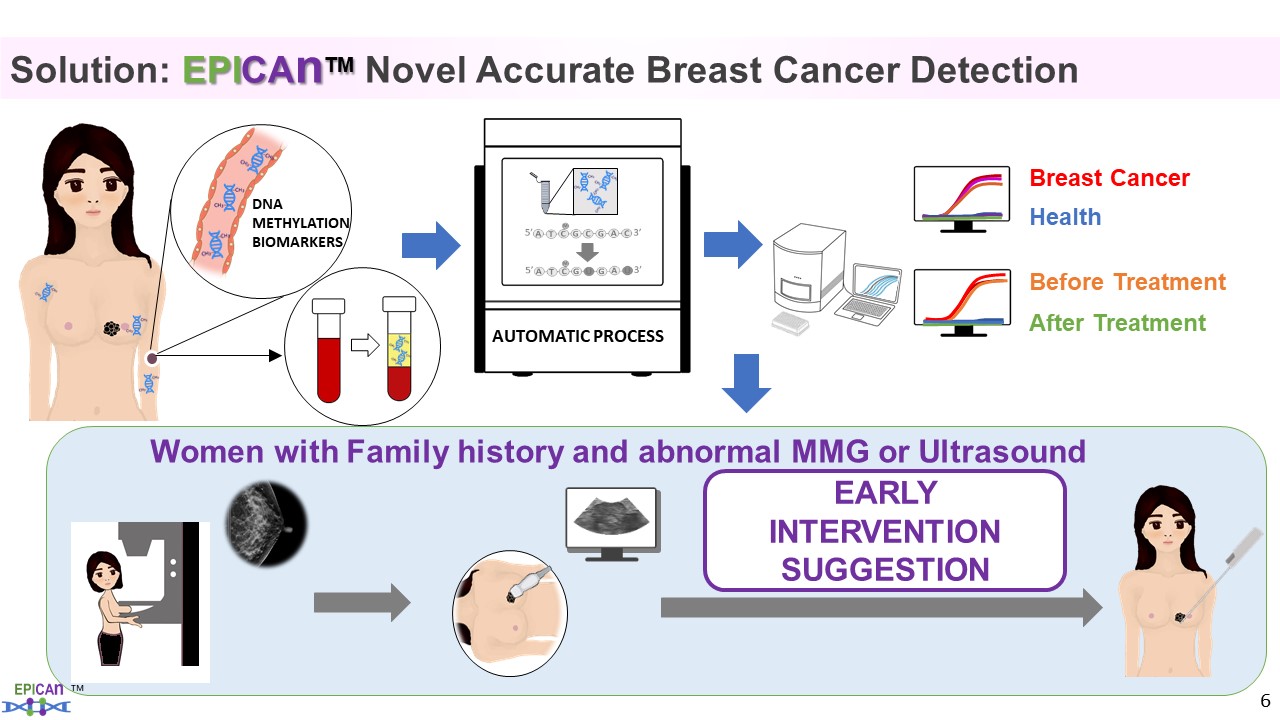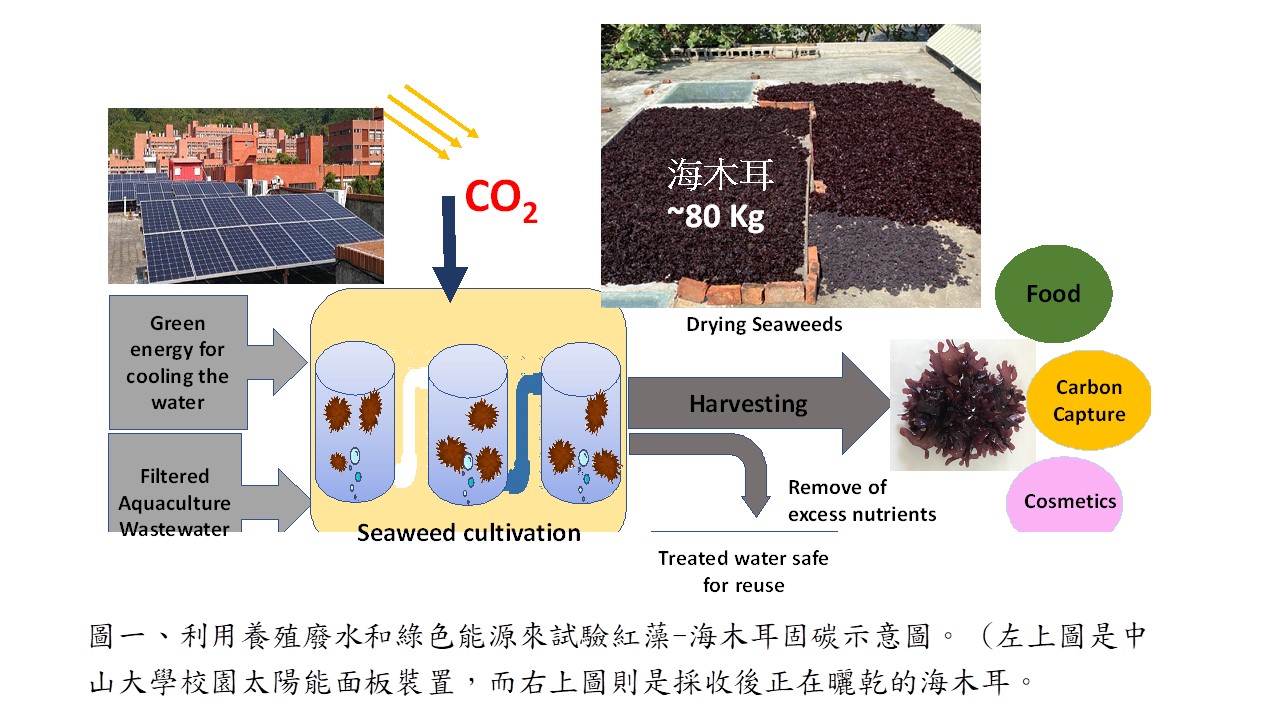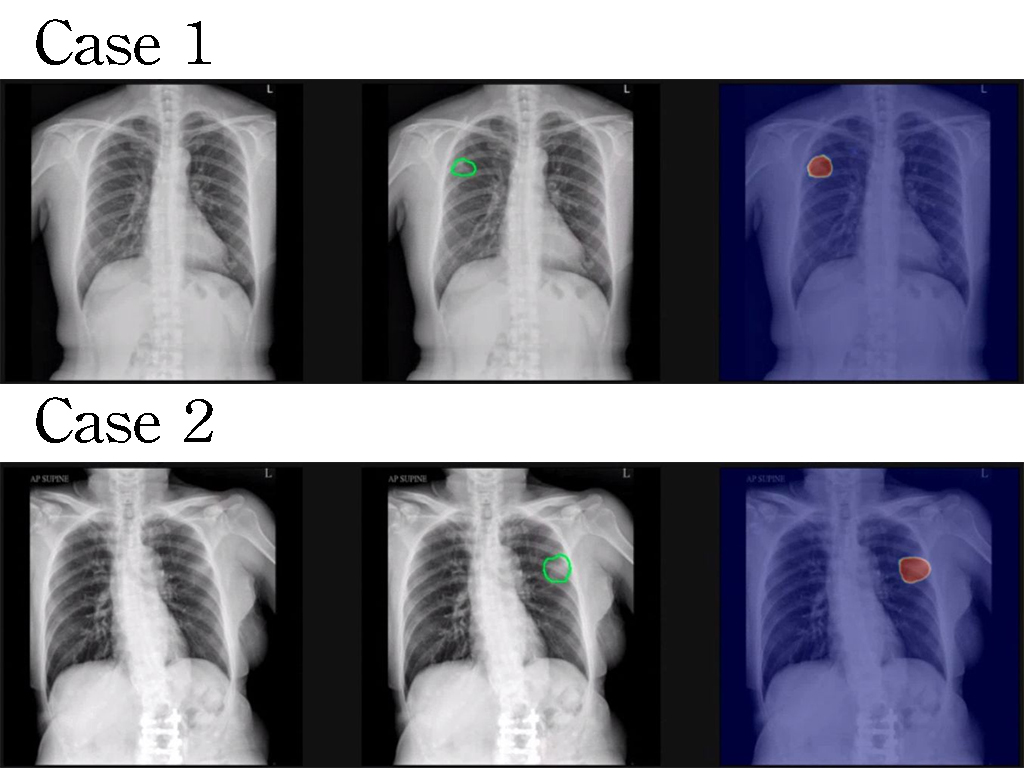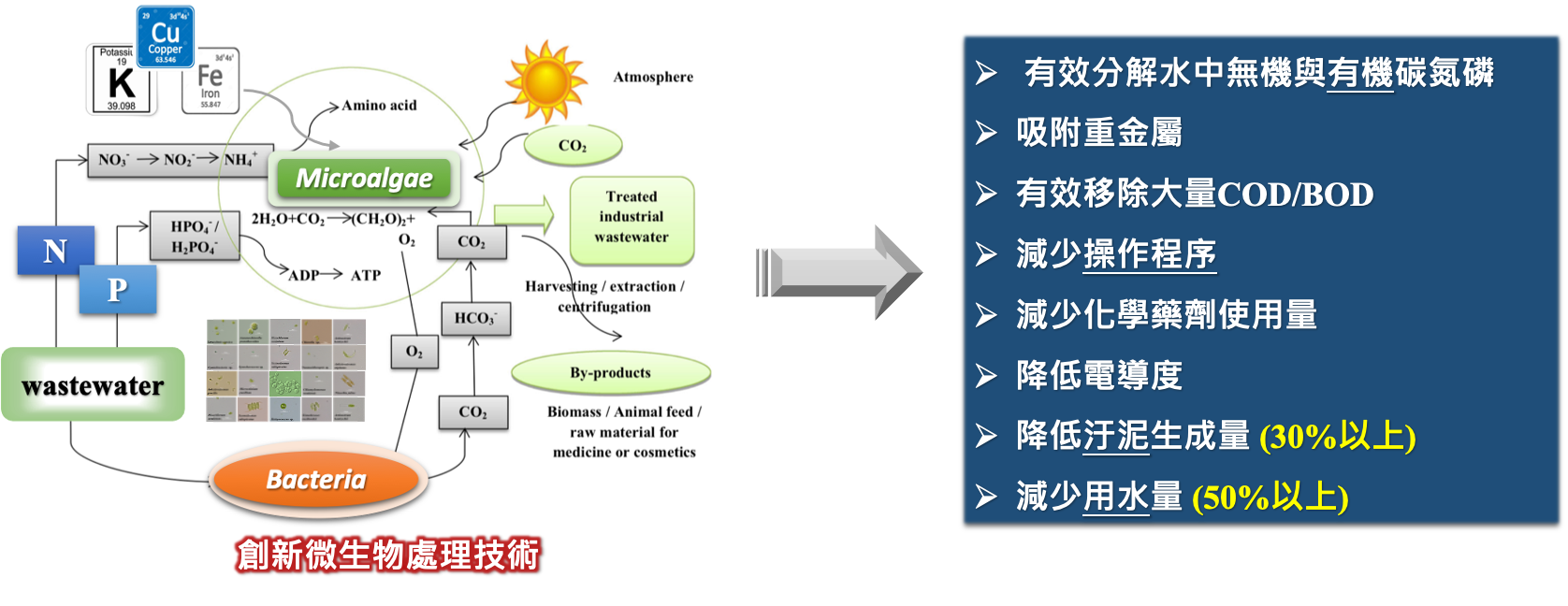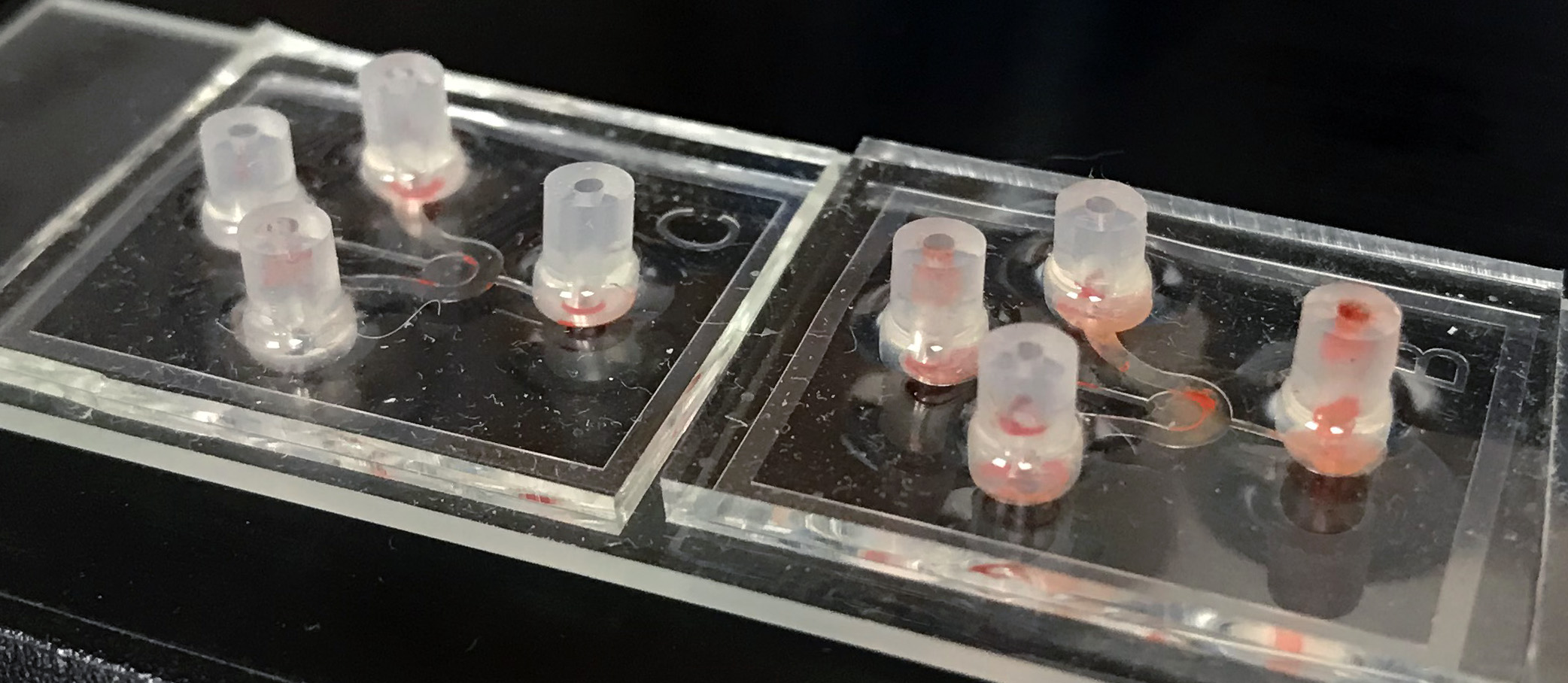| Scientific Breakthrough |
Due to the high propagation loss, high gain characteristic is the basic requirement of mmWave antenna in mmWave wireless communication systems. To improve radiation gain, lens antenna is a good candidate and an approach. However, the focal length is too long and the thickness is too thick in traditional lens antenna to integrate in mobile and wearable devices. This technique successfully develops 60 GHz high gain antenna, which composing of a feeding antenna and a flat dielectric lens. In order to thin the lens antenna to integrate in mobile and wearable devices, the focal length of the lens is designed at near field range of the feeding antenna, leading to couple effect and affecting the antenna operating bandwidth. Therefore, the feeding antenna must be analyzed by near field method and adjust the configuration. The feeding antenna utilizes a patch antenna with a loop configuration. Based on electric coupling method, the loop comfiguration is able to improve the impedance matching bandwidth and the antenna gain. In addition, the lens is able to be realized by one flat material with holing technique, lowering the complexity and the cost while traditional one with multi-material. The dielectric lens utilizes drilling method to adjust the effective dielectric constants. The total size of the lens antenna is 15 ×15 × 3.284 mm3, exploiting Roger 5880, Roger 4003 and FR4 boards. According to the measured results, the lens antenna can operate in the frequency band of 56.2 – 69.5 GHz. In whole operating band, the minimum antenna is 11.2 dBi, the maximum antenna gain is 12.4 dBi. The lens antenna possesses high directional characteristics, the small thickness of 3.284 mm. This prototype antenna provides a possible way to integrate the high gain antenna on PCB for mmWave mobile and wearable devices, satisfying the WiGig 802.11ad 60 GHz standard. |

